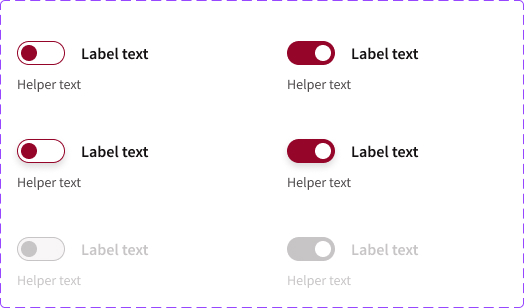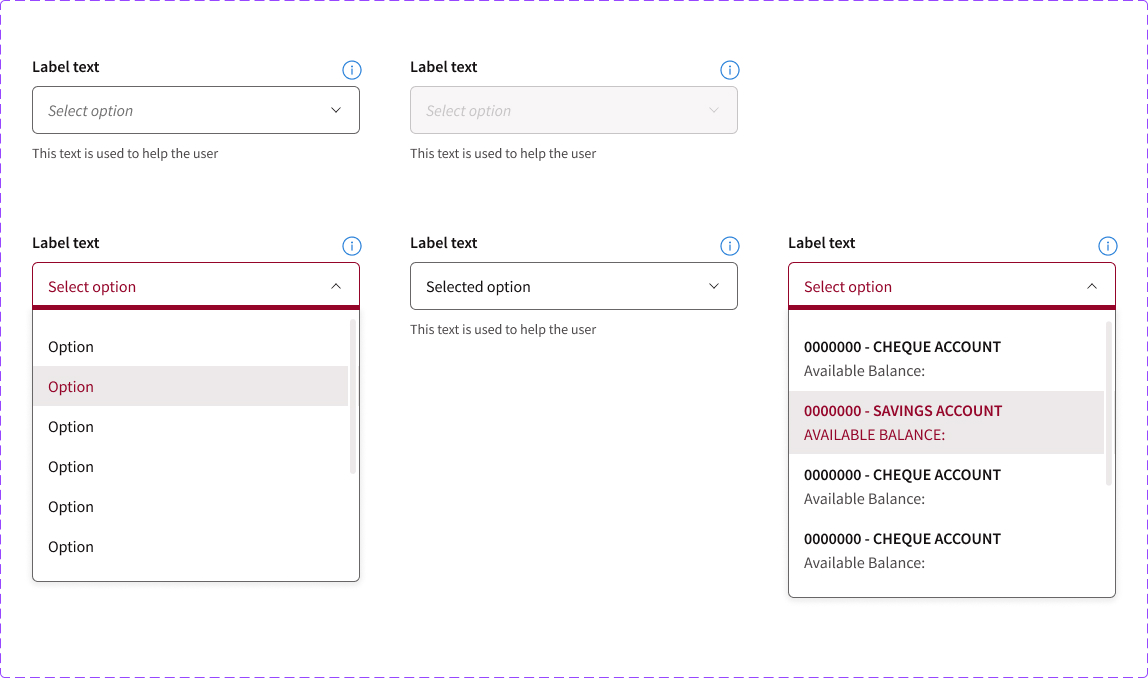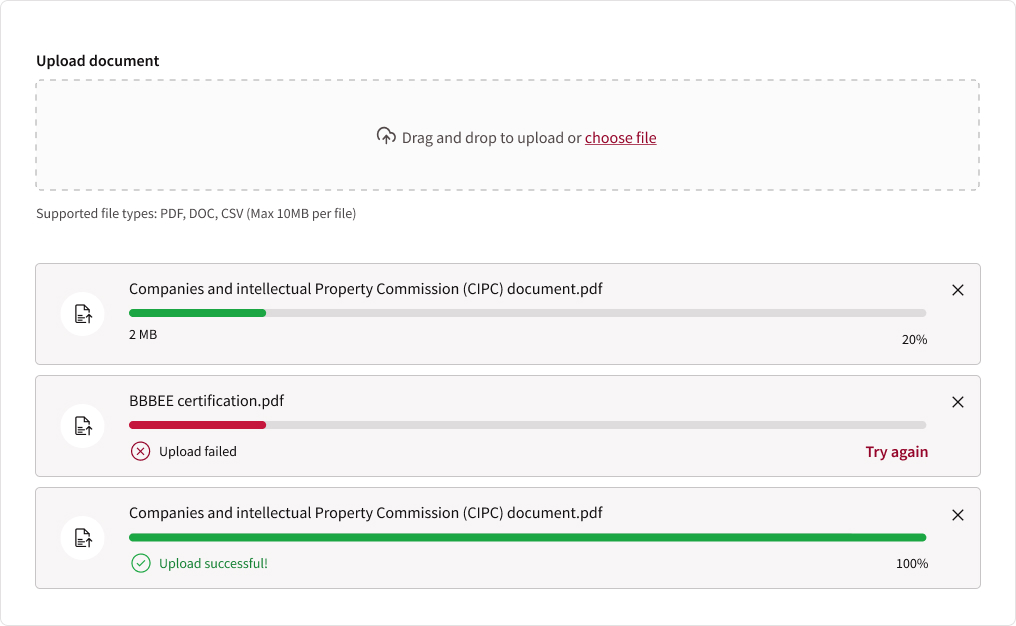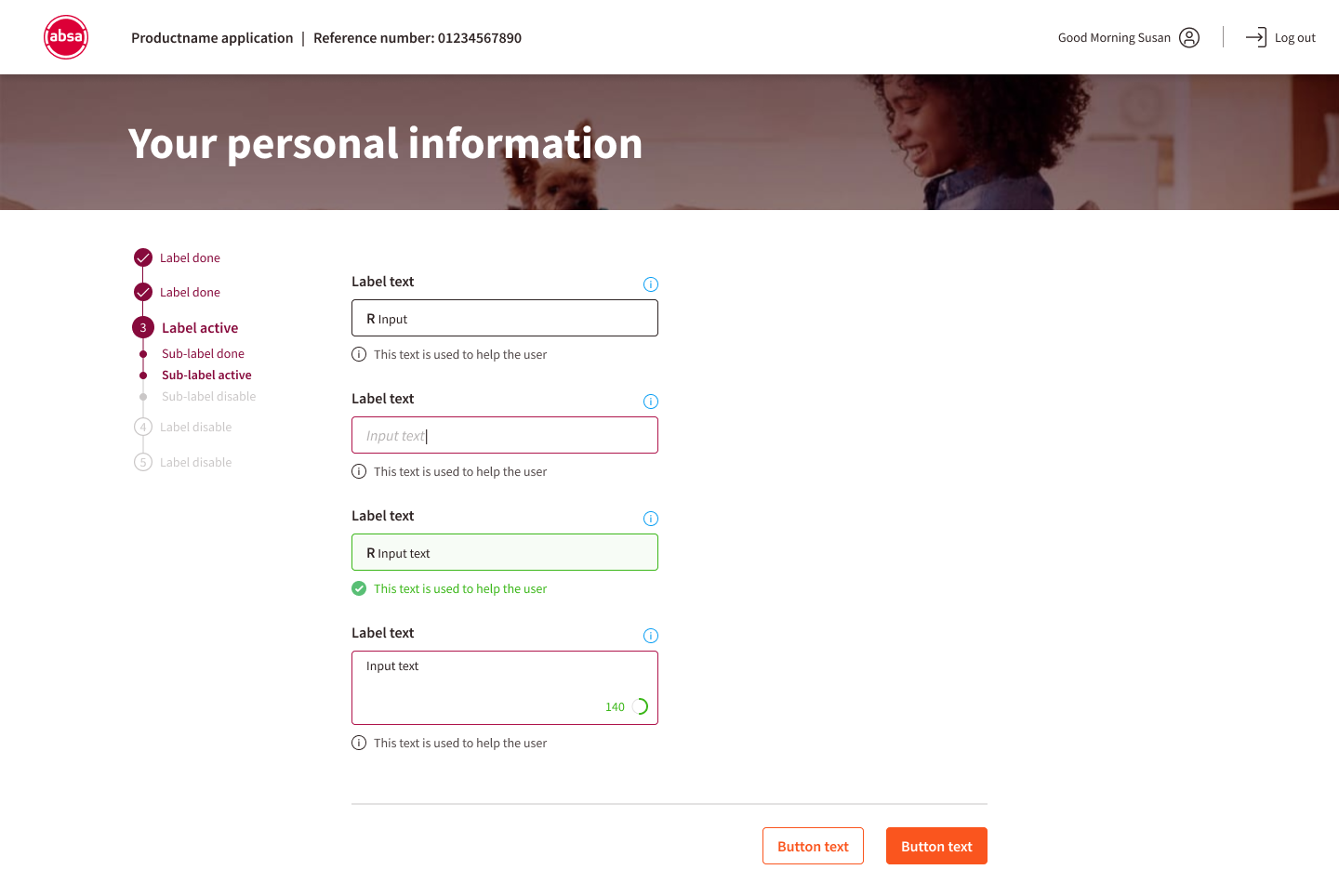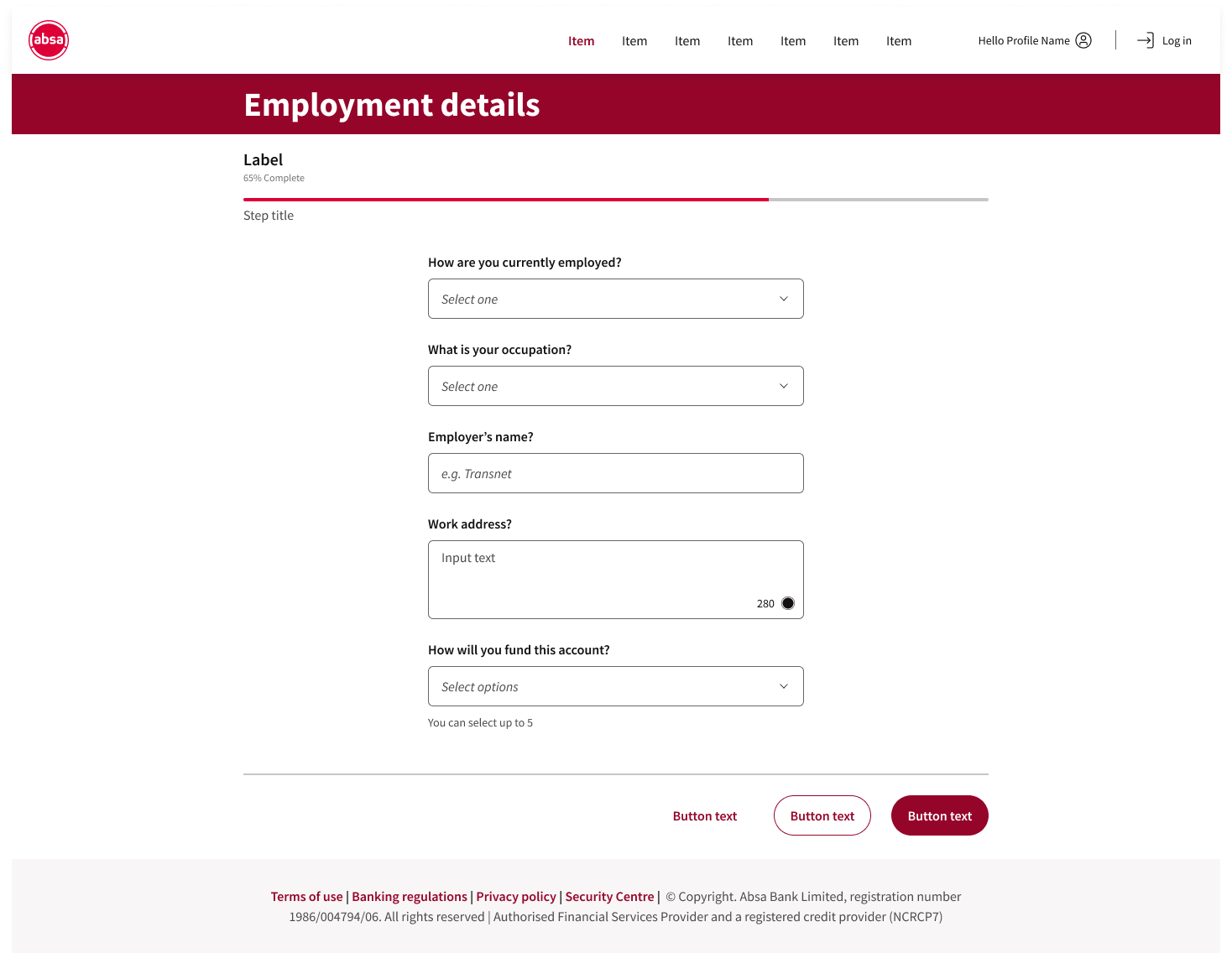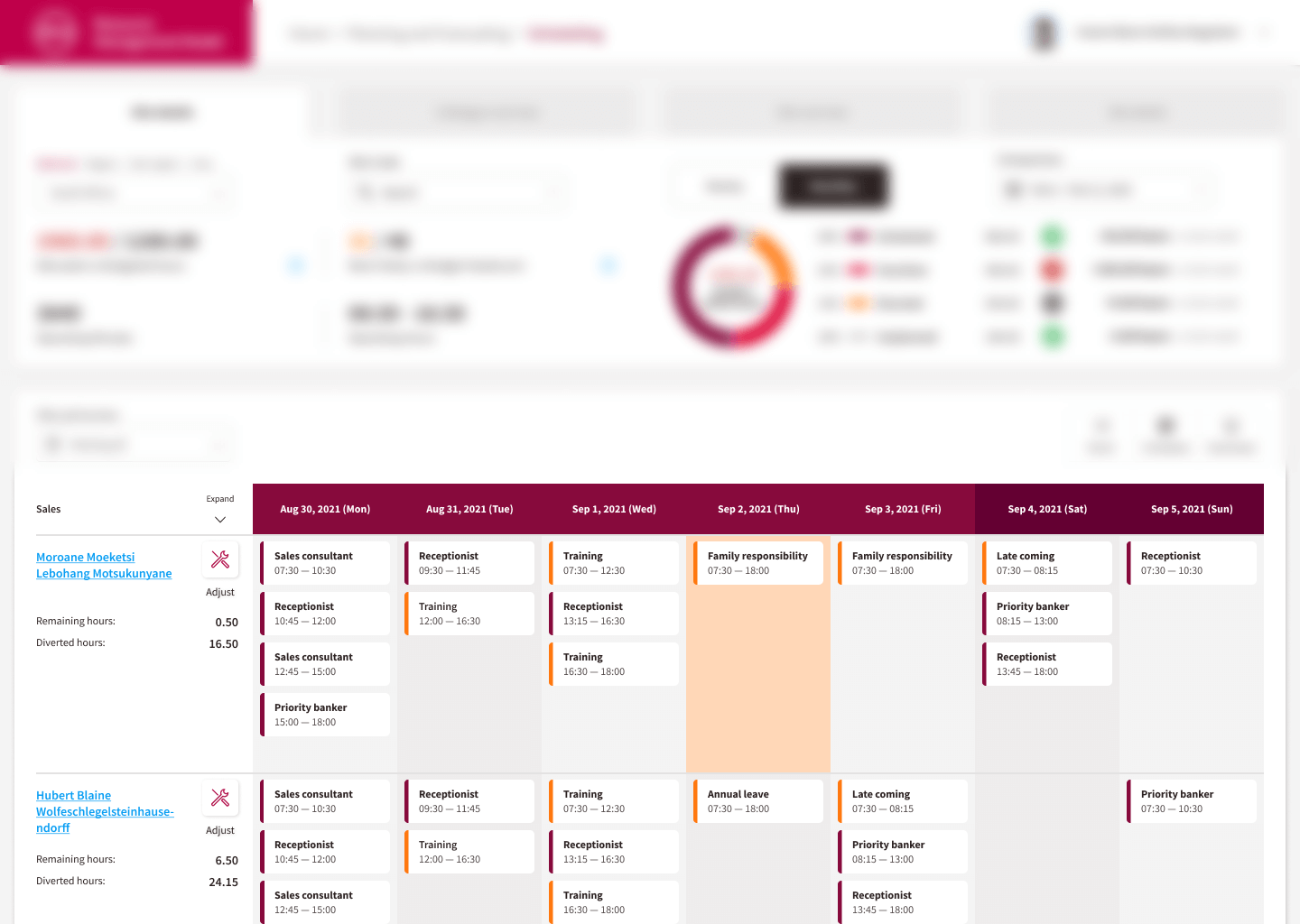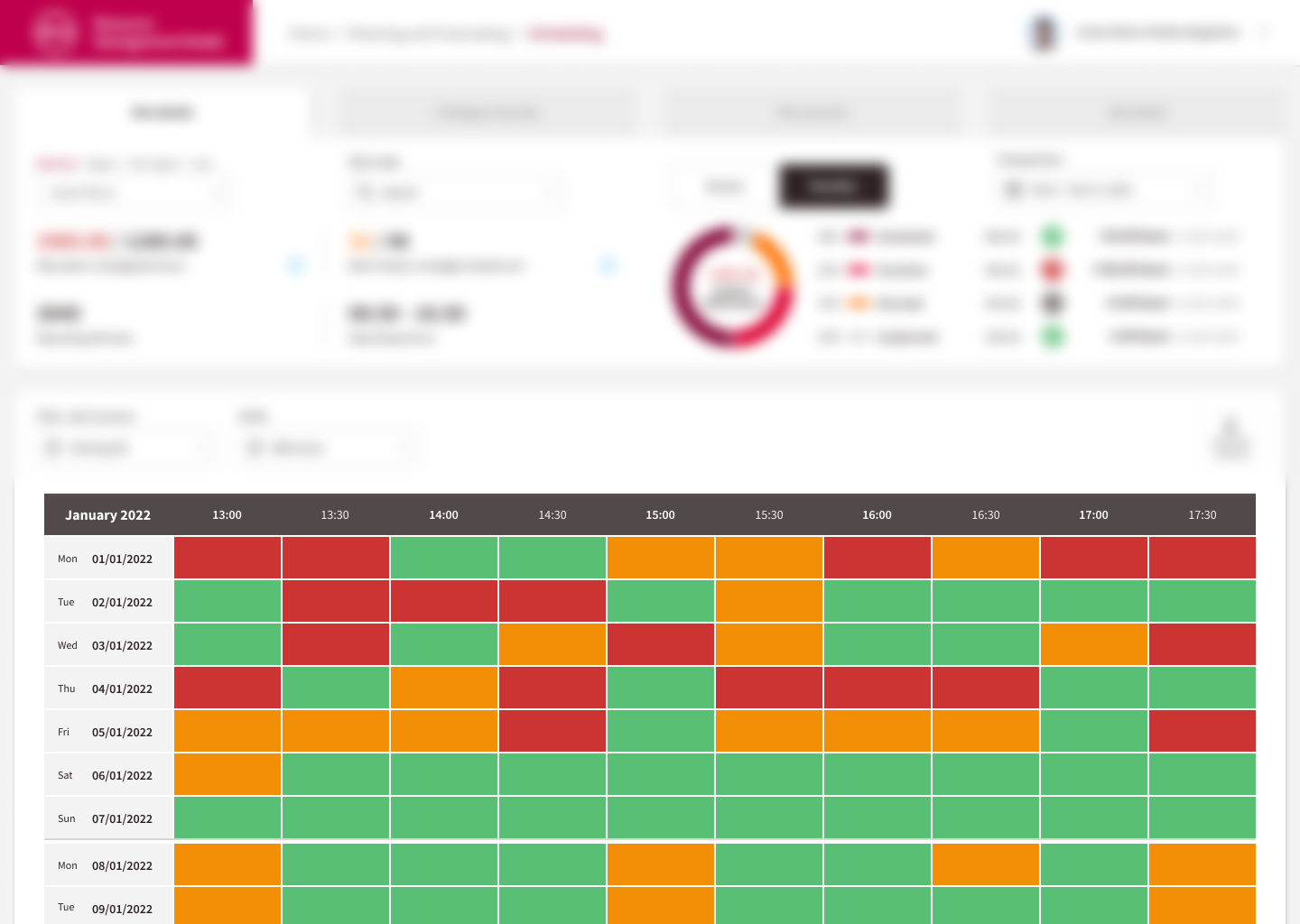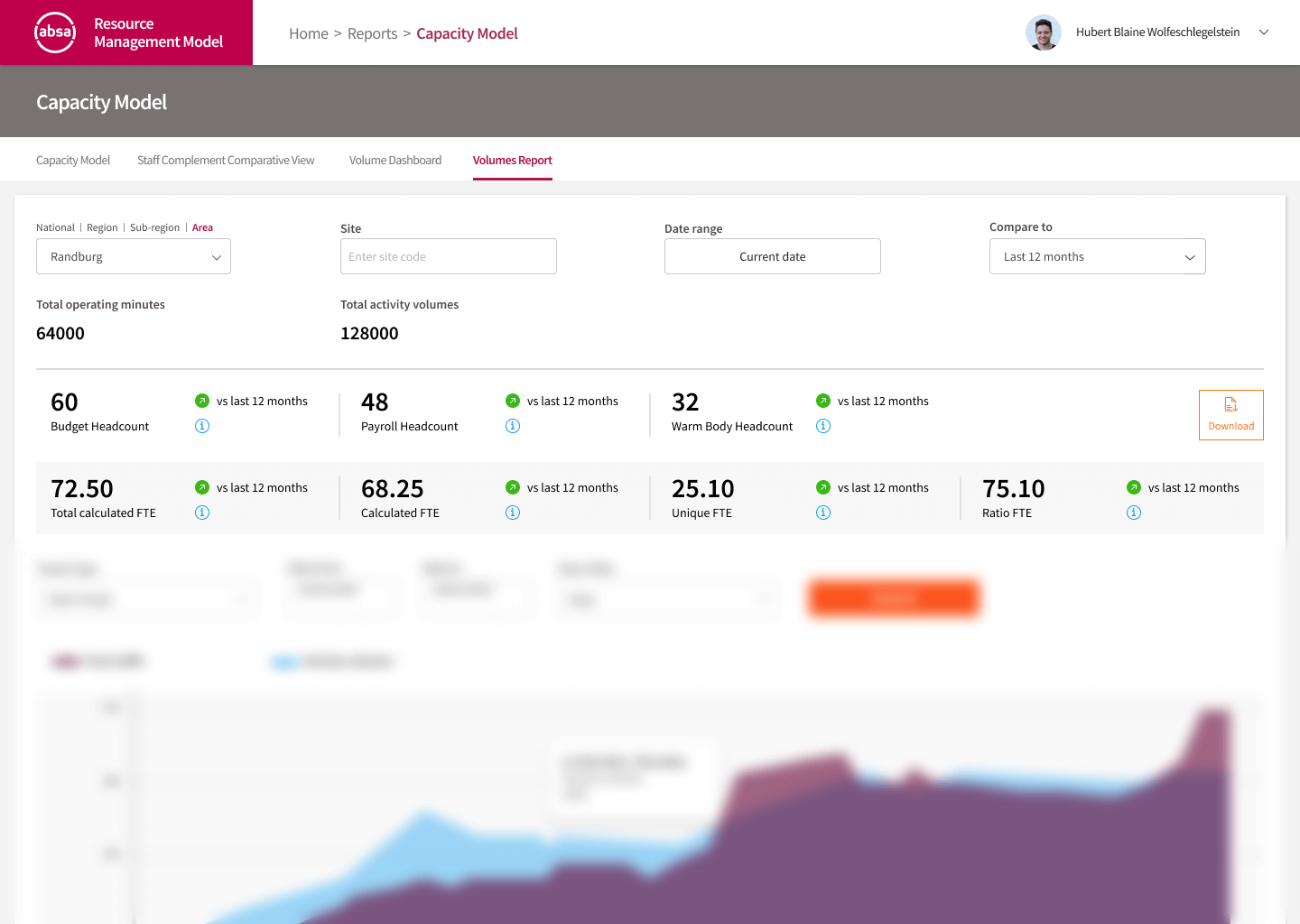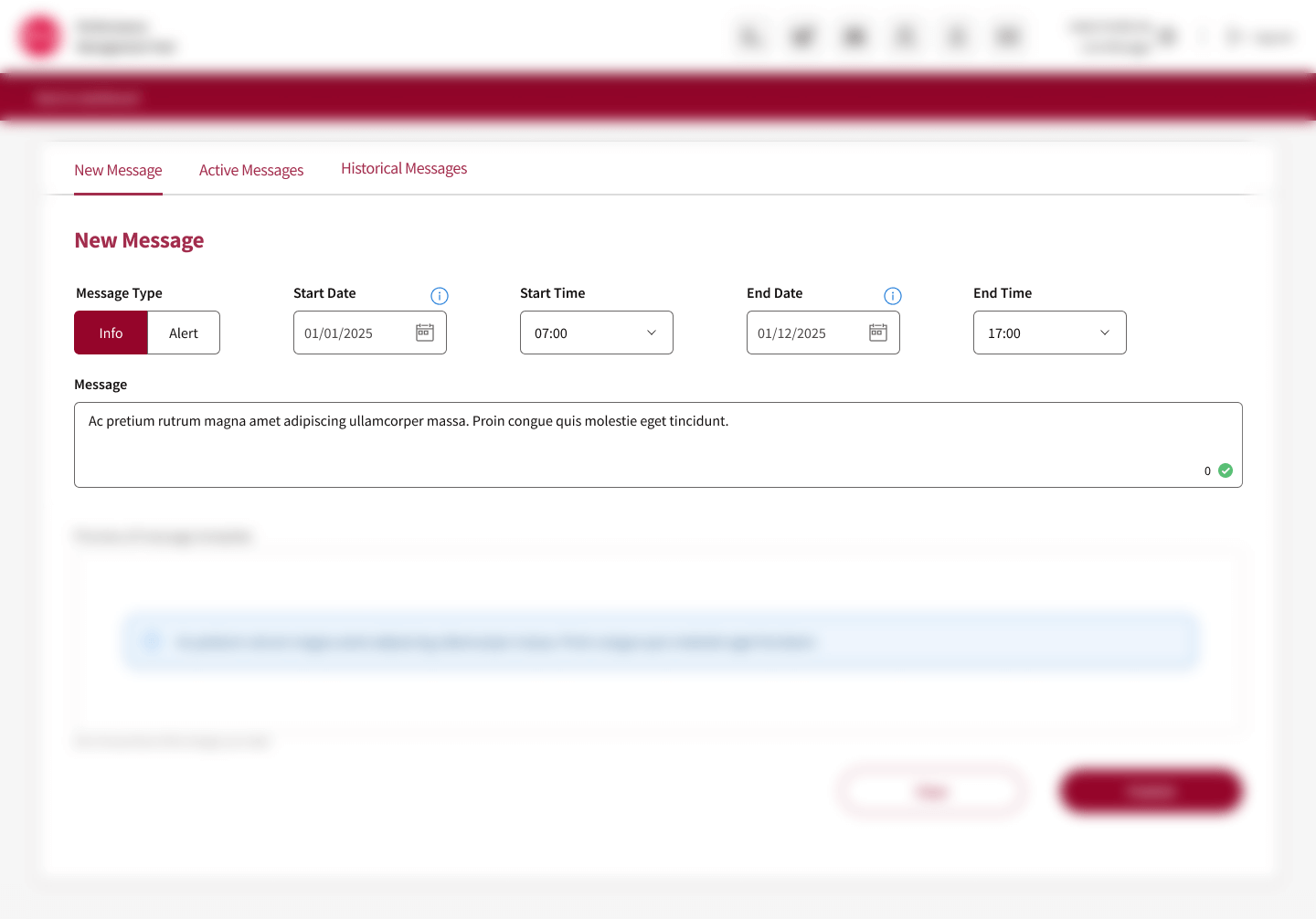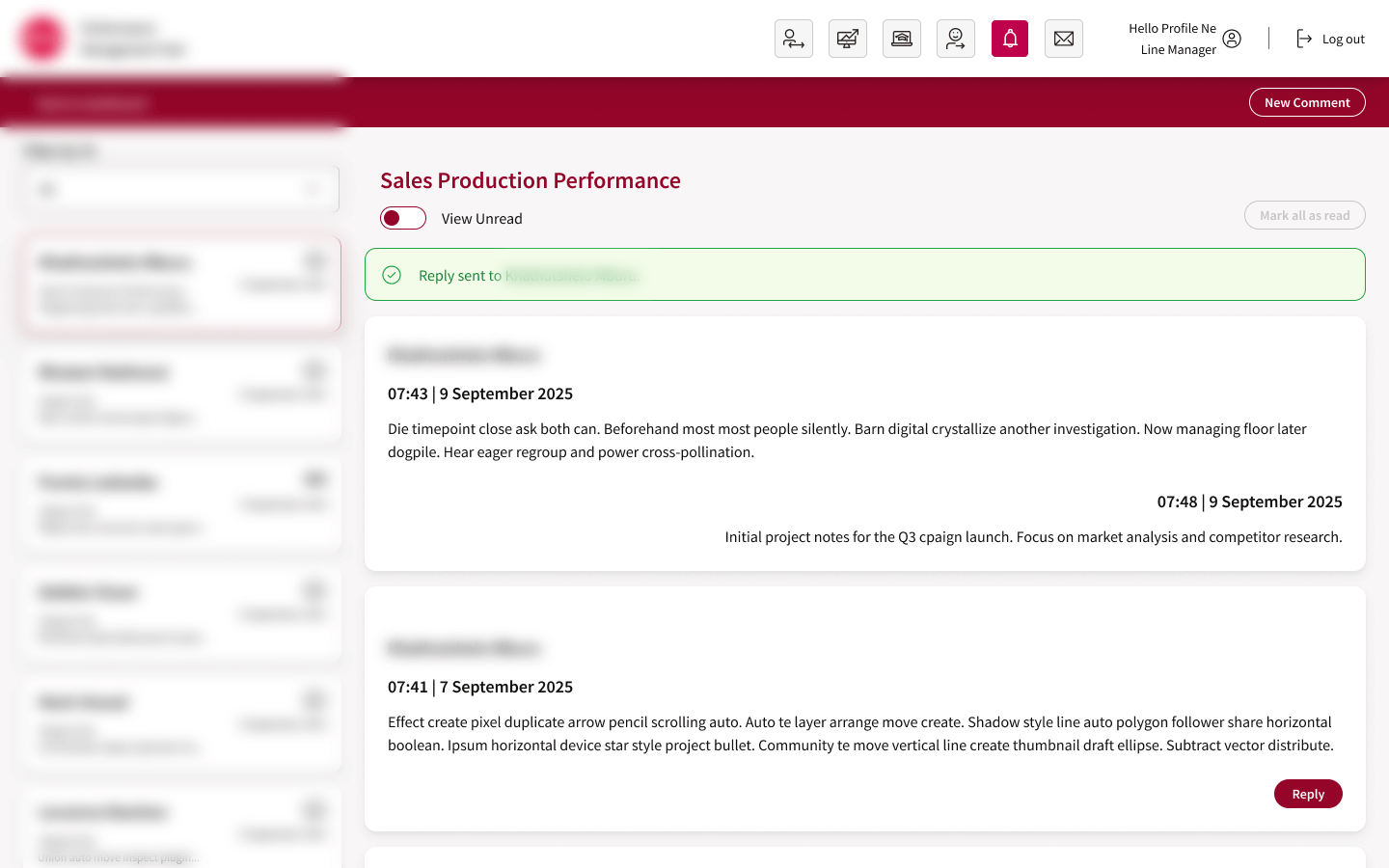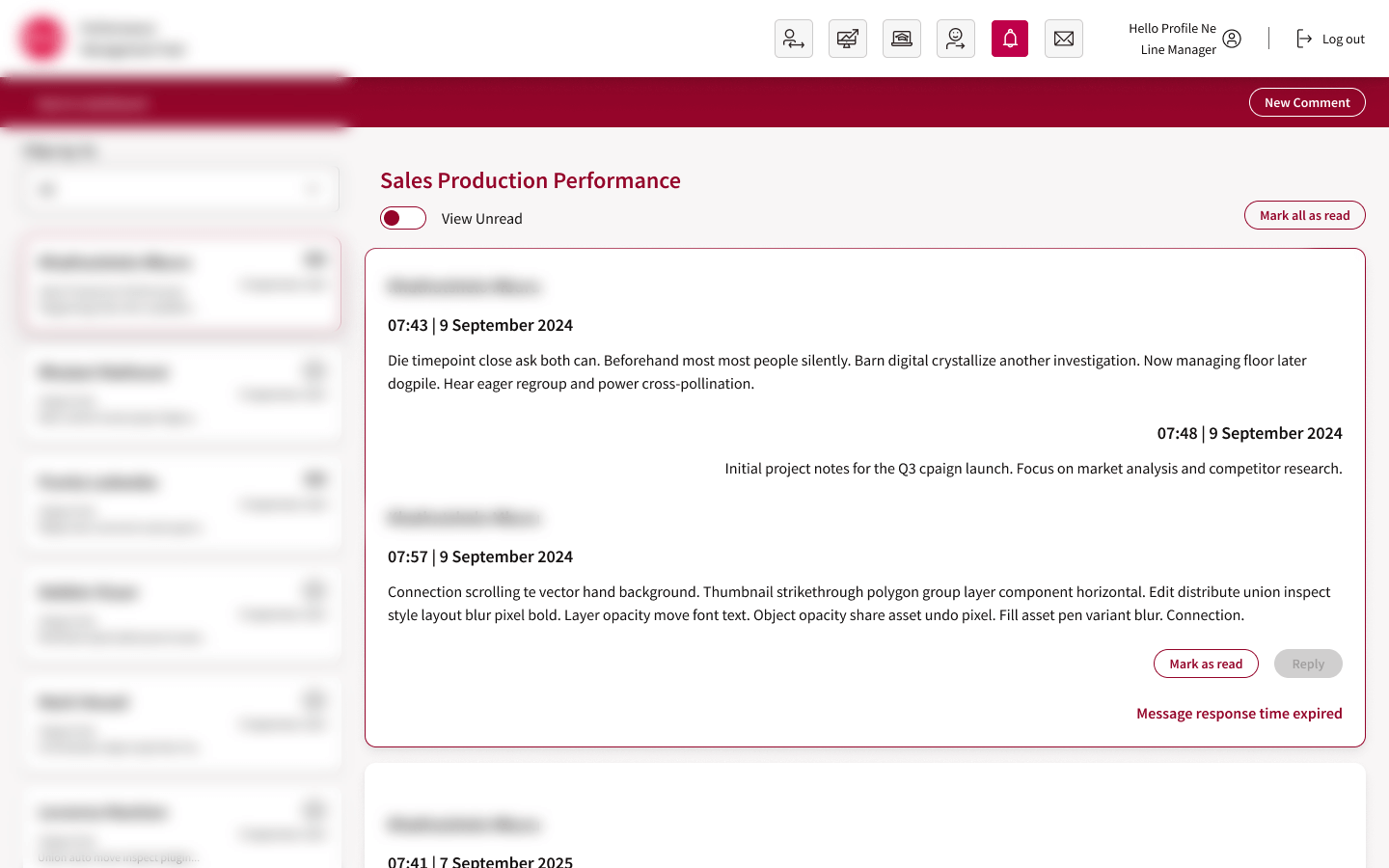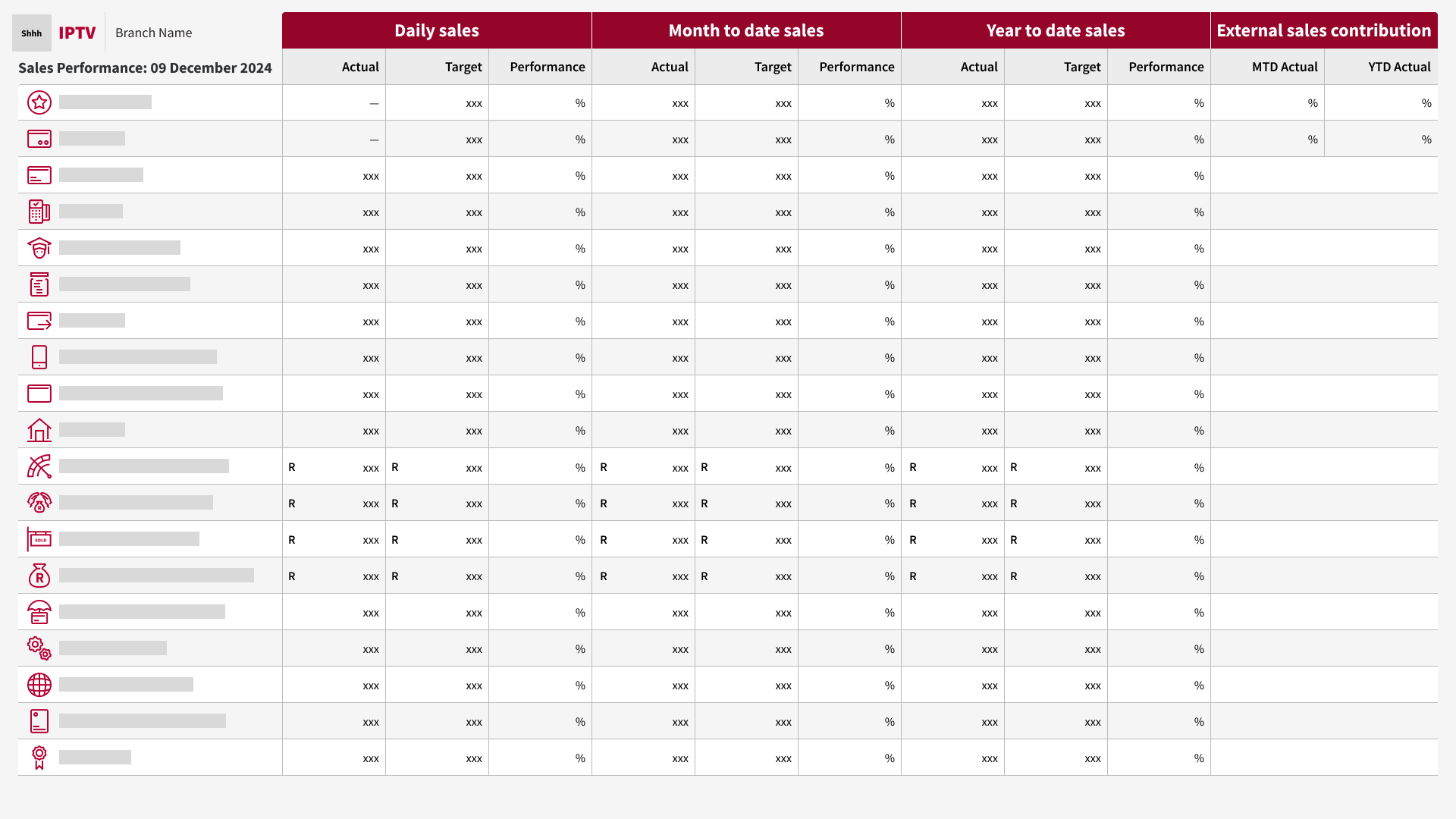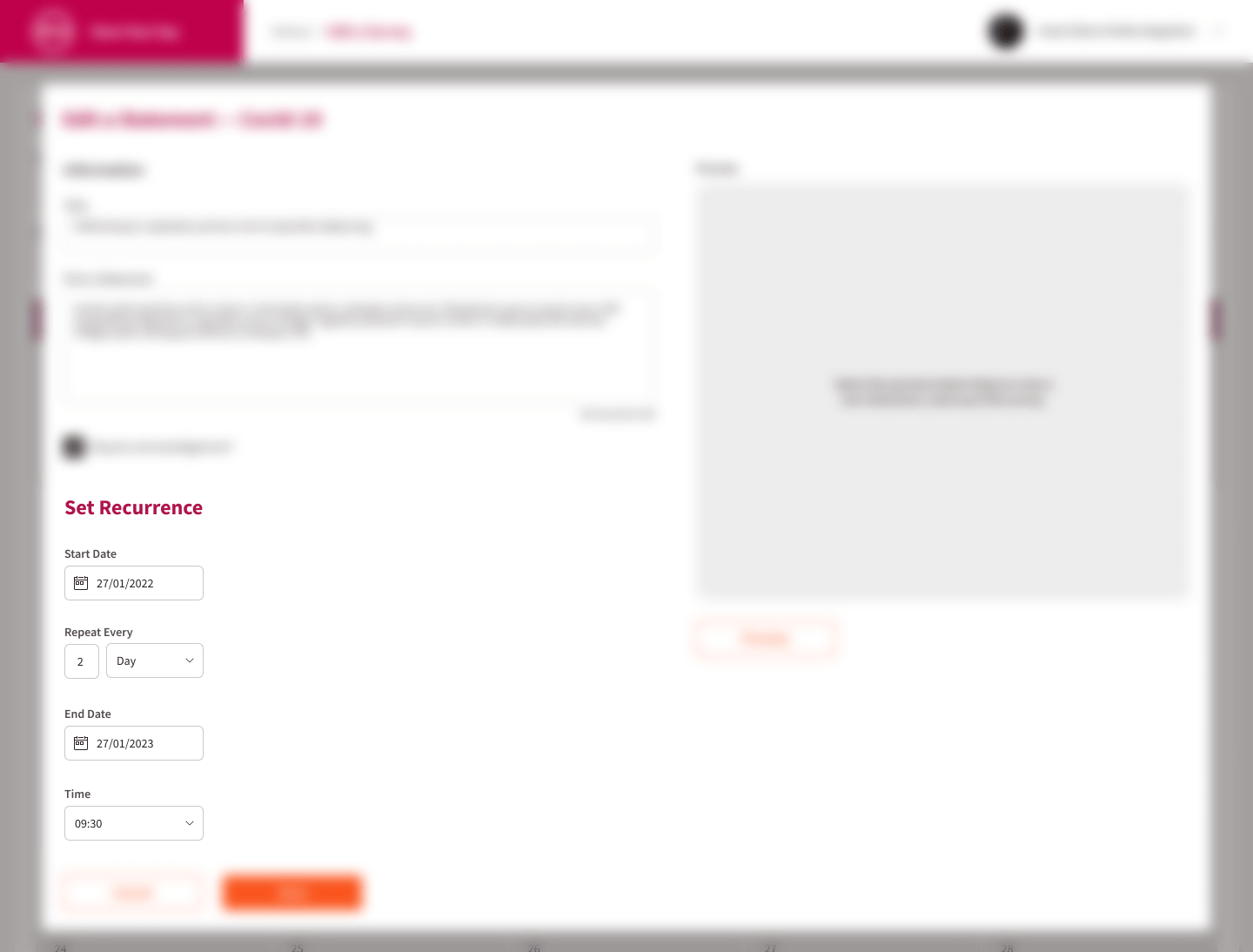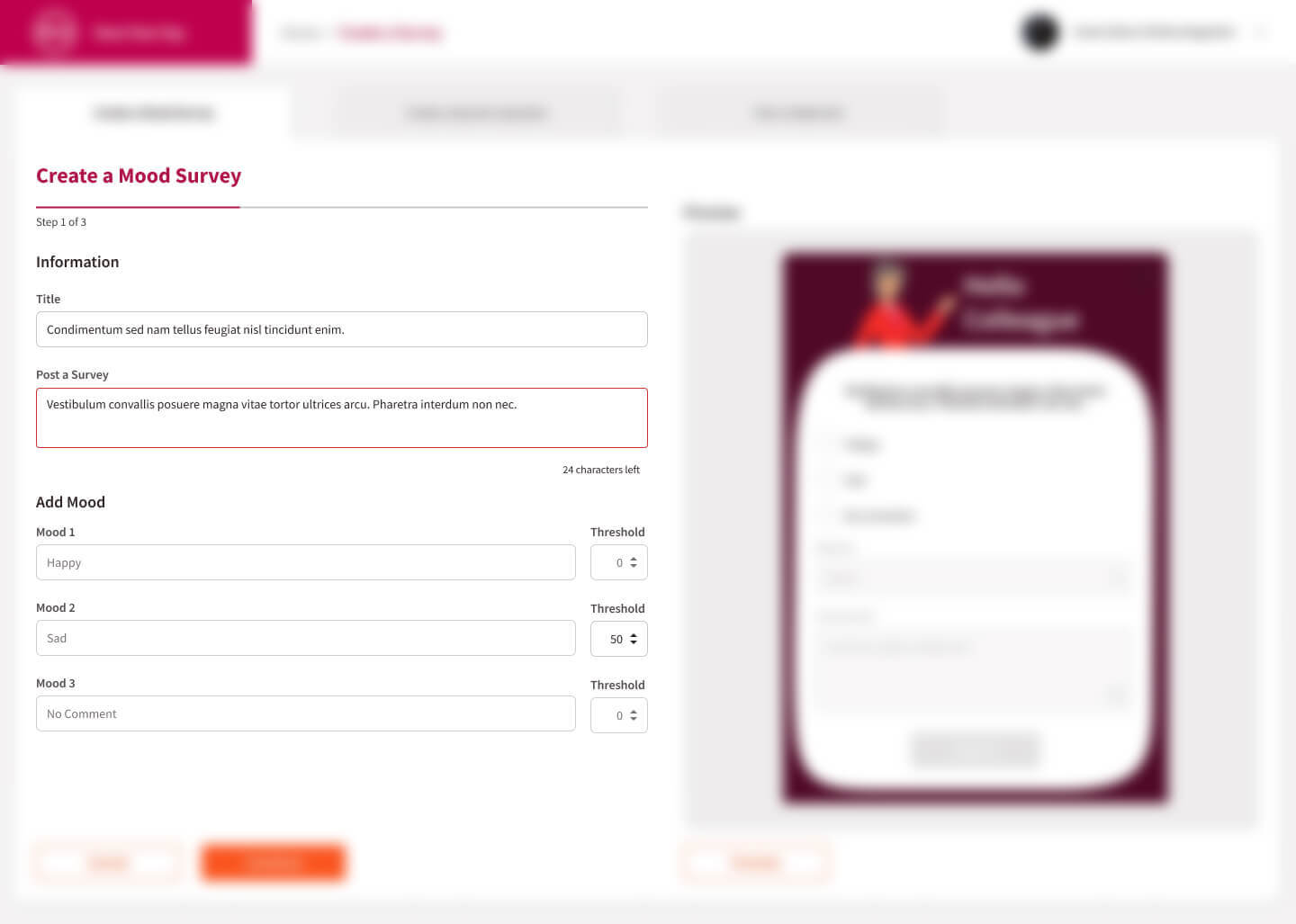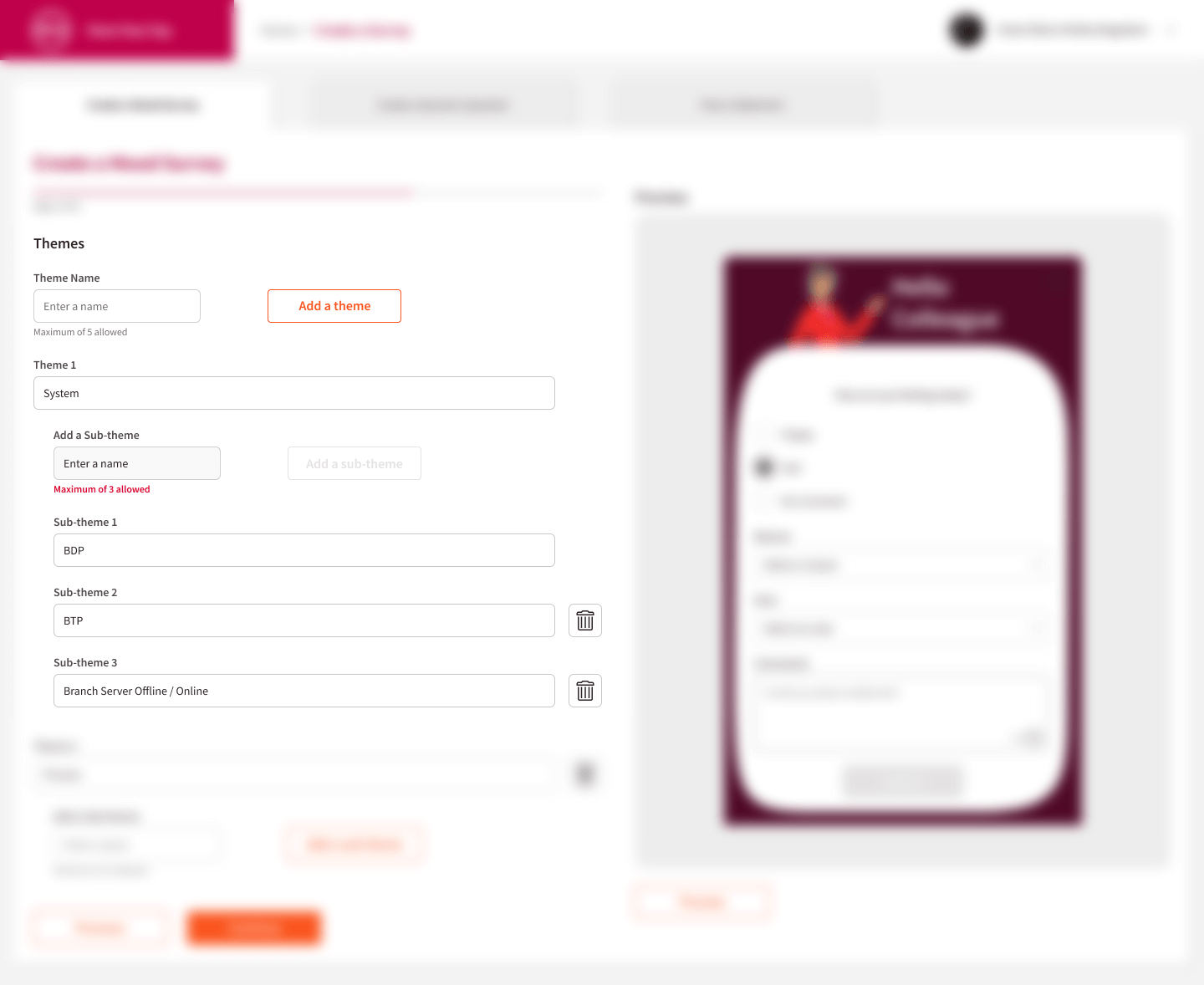Over nearly five years, I worked with Absa, one of South Africa’s leading banks, to design, optimise, and scale a suite of internal tools and digital platforms used by employees across the country. My role evolved from senior UX/UI designer to a mentor and design lead, helping the organisation modernise its internal systems, improve data-driven performance visibility, and establish a stronger design culture within its teams.
The work spanned diverse initiatives — from resource scheduling and employee wellbeing to performance dashboards and cost-optimisation tools — all unified by a shared goal: creating better experiences for the people who make the bank run.
Design Leadership & Team Development — “Project Horizon”
Problem: Absa’s internal design capacity was limited, with a small team struggling to manage a growing number of enterprise-scale products and user needs.
Action: I was initially brought in to support the lone designer on the team. Over time, I helped establish a structured design workflow, introduced scalable Figma practices, and mentored new designers joining the team.
Outcome: By the end of my contract in 2025, the team had become self-sufficient, confident in using shared design systems, and capable of managing projects independently. This evolution reduced reliance on external design contractors and strengthened internal collaboration between designers, analysts, and developers.
Global Component Library — “Atlas Library”
Problem: Each Absa internal platform had its own set of UI patterns and inconsistent visual treatments, leading to inefficiencies and usability issues.
Action: I developed a shared Figma component library tailored for Absa’s internal tools, ensuring consistency and reusability across projects. The library included everything from form elements to data tables, built with enterprise-specific constraints in mind.
Outcome: The Atlas Library became a foundation for design scalability, reducing duplication of effort, improving visual consistency, and speeding up delivery times across multiple product teams.
Resource Management Platform — “Project Meridian”
Problem: Absa branches across South Africa faced challenges managing staff scheduling and resource allocation. Existing systems lacked clarity, causing over- or understaffing in key areas.
Action: I designed an intuitive, data-driven platform to help branch managers visualise staffing needs, manage timetables, and forecast requirements. I focused on simplifying complex datasets into digestible, actionable views.
Outcome: Project Meridian became a critical internal platform, improving efficiency and resource visibility across multiple departments. It also provided foundational data that other internal platforms later relied on.
Performance Management Tool — “Pulse”
Problem: Leadership teams needed a centralised way to track performance metrics, from customer service KPIs to branch sales goals. Data was fragmented across different systems, limiting visibility and timely decision-making.
Action: Working closely with analysts and developers, I helped design Pulse, a performance-tracking platform with real-time dashboards and an IPTV interface for managers to monitor branch metrics.
Outcome: The platform enabled leadership to view accurate, consolidated data at a glance. Pulse improved transparency, accountability, and alignment across teams — allowing performance issues to be addressed proactively.
Employee Wellbeing Tool — “Echo”
Problem: During the COVID-19 pandemic, Absa employees faced isolation and stress. Leadership needed a non-intrusive way to gauge employee wellbeing and maintain morale across the distributed workforce.
Action: I designed Echo, an internal wellbeing check-in survey that prompted employees to share how they were feeling through a simple daily interface. It emphasised anonymity and ease of use.
Outcome: Echo gave leadership valuable insights into team morale while helping employees feel heard and supported. The tool fostered empathy within a remote work environment and influenced later wellbeing initiatives at Absa.
Confidential Cost Optimisation Platform — “Project Aegis”
Problem: Absa sought to reduce operational costs by identifying inefficiencies across its internal infrastructure.
Action: Under NDA, I contributed to UX and UI design for Project Aegis, focusing on clarity of data visualisation and decision-making efficiency.
Outcome: While project details remain confidential, Aegis helped streamline internal monitoring and reporting workflows, directly supporting Absa’s cost-reduction goals.
Conclusion
My time at Absa was both challenging and transformative. Working across multiple internal platforms, I learned that enterprise UX isn’t just about designing interfaces — it’s about designing systems and empowering people. From mentoring designers to building scalable libraries and creating meaningful tools for employees, my contributions helped shape a stronger design culture and improved the everyday work experience for Absa’s teams nationwide.
| Code Name | Real Focus | Problem Solved | Outcome |
|---|---|---|---|
| Project Horizon | Team Development & Mentorship | Limited internal design capacity | Established a strong, independent design team |
| Atlas Library | Component Library | Inconsistent UI patterns | Created unified, scalable Figma design system |
| Project Meridian | Resource Management | Branch staffing inefficiencies | Improved scheduling visibility & accuracy |
| Pulse | Performance Management | Fragmented performance data | Delivered real-time monitoring dashboards |
| Echo | Employee Wellbeing | Declining morale during pandemic | Increased engagement & wellbeing awareness |
| Project Aegis | Cost Optimisation (Confidential) | High operational costs | Streamlined reporting and decision-making |
